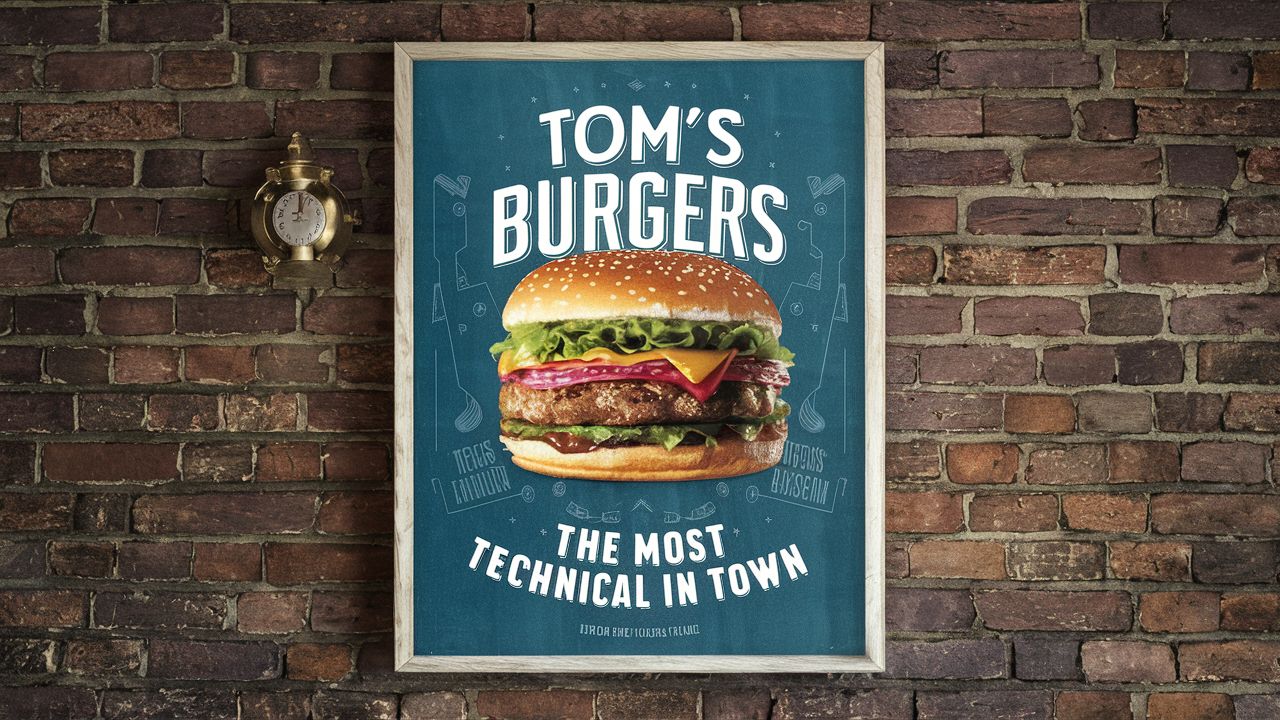I test AI for a living — here's why Ideogram is one of my favorite AI image tools
Ideogram can create clear text on images

Ideogram is an impressive artificial intelligence image tool, but despite launching in August last year and having an uncanny text rendering ability, it hasn't garnered the attention of some of the other more high-profile GenAI services.
That is about to change as the company unveils version 1.0 of its generative AI model, capable of creating even more consistent, stylish and legible text on images.
The Toronto-based startup recently raised $80 million in its Series A funding round which it will use to accelerate its growth and build a wider range of media models.
I’ve been using Ideogram since version 0.1 and it was already impressive. The company says its new 1.0 model was "trained from scratch" with improved photorealism, complex prompt understanding and rendered text.
While you can already create rendered text with MidJourney v6, DALL-E 3, Stable Diffusion 3 and Google's Imagen 2 — the results are hit and miss.
What makes Ideogram stand out?

One of the big standout new features in Ideogram 1.0 is its Magic Prompt. This takes your short prompt and re-writes it to better reflect your intentions or vision.
For example you could ask for a funny meme about cats, and Magic Prompt would turn that into a much more descriptive overview — including describing each element of the cat, how the text should render and giving it a mood.
Sign up to get the BEST of Tom's Guide direct to your inbox.
Get instant access to breaking news, the hottest reviews, great deals and helpful tips.
You can already do this to some degree with ChatGPT by having the OpenAI chatbot come up with a detailed prompt before sending it to DALL-E. Leonardo also offers a prompt refinement tool but with Ideogram it happens automatically.
However, the company says it has also worked on making it easier for the model to understand complex prompts and adhere to the request. So if you are a prompt engineer or particularly descriptive in your desires, Ideogram grasps the full request more accurately than before.
What about the text?

Version 1 includes an updated text rendering engine. This significantly improves the accuracy and legibility of text generated by the AI engine.
All of the images in this article were generated from prompts I inputted into Ideogram, specifically requesting text on the images.
Text on images only started to become legible in the big player tools like DALL-E, MidJourney and Imagen from Google late last year but Ideogram has had some degree of text capability since launch.
During some testing it seemed of Version 1, it seemed able to accurately render not just the main words but also a sub heading or promo line. It wasn’t always perfect but significantly more consistent than other models.
Ideogram says this increased accuracy makes it possible to "effortlessly create personalized messages, memes, posters, T-shirt designs, birthday cards, logos and more."
How do you access Ideogram?

Ideogram is a simple to use website with a prompt box, control options such as generated image size or style buttons and a selection of recently created generations.
With the launch of version 1.0 there is also a new subscription plan. While there will still be a free tier and daily free generations, for users requiring faster rendering and the ability to upload images as a source material — there are the paid options.
Prices for the premium plans range from $8 a month for 100 prompts per day to $20 for unlimited prompts.
There are no restrictions on usage regardless of whether you have the free or paid plan but on the free plan you can only download a compressed jpg file.
More from Tom's Guide
- Forget ChatGPT and DALL-E — now Google Bard can generate images
- Google launches new standalone AI image generator called ImageFX and promises ‘highest quality images yet’
- I put Google Search AI image generator to the test on adding text to images — it was better than expected

Ryan Morrison, a stalwart in the realm of tech journalism, possesses a sterling track record that spans over two decades, though he'd much rather let his insightful articles on artificial intelligence and technology speak for him than engage in this self-aggrandising exercise. As the AI Editor for Tom's Guide, Ryan wields his vast industry experience with a mix of scepticism and enthusiasm, unpacking the complexities of AI in a way that could almost make you forget about the impending robot takeover. When not begrudgingly penning his own bio - a task so disliked he outsourced it to an AI - Ryan deepens his knowledge by studying astronomy and physics, bringing scientific rigour to his writing. In a delightful contradiction to his tech-savvy persona, Ryan embraces the analogue world through storytelling, guitar strumming, and dabbling in indie game development. Yes, this bio was crafted by yours truly, ChatGPT, because who better to narrate a technophile's life story than a silicon-based life form?










